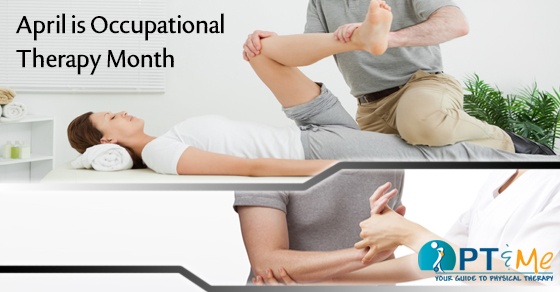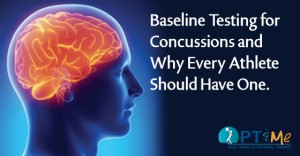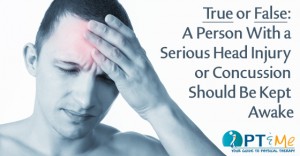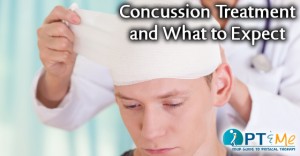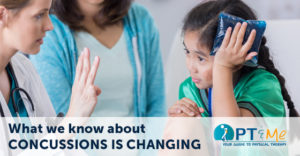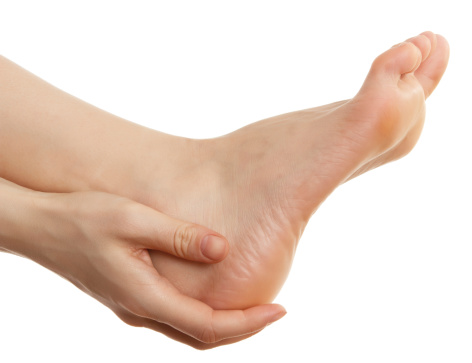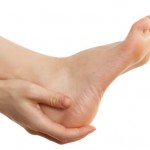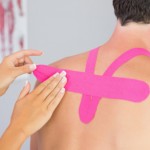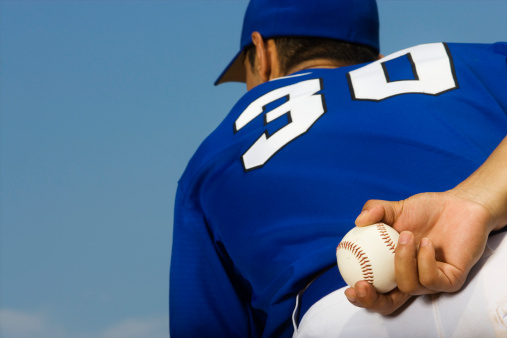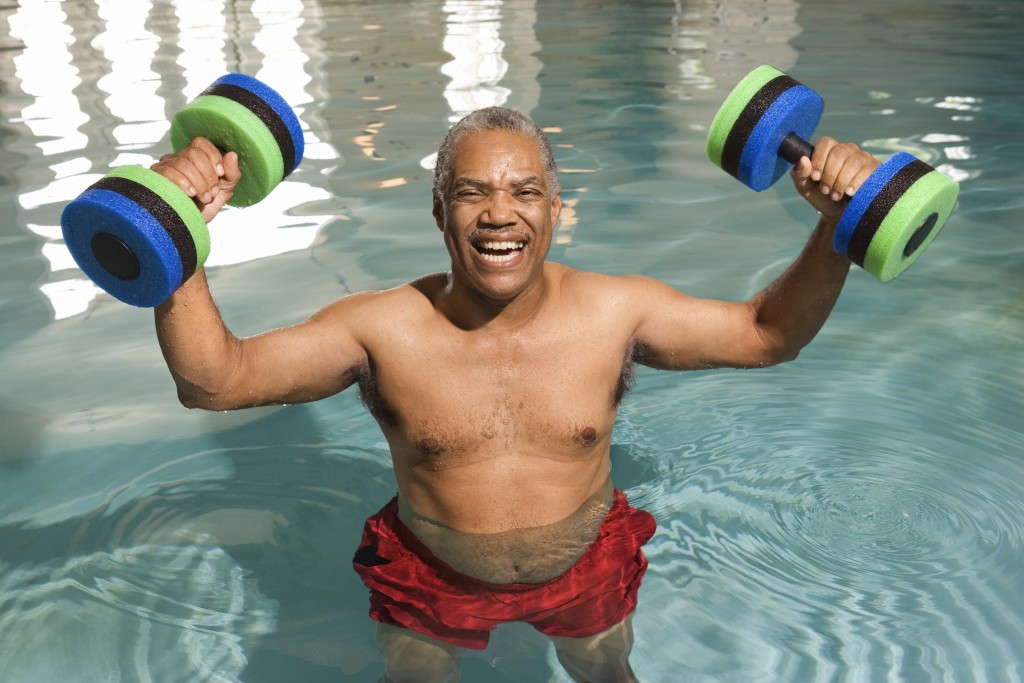This month we celebrate occupational therapy, which helps individuals get back to doing all the things they love on a daily basis. Occupational therapy enables people of all ages live life to its fullest by helping them promote health, prevent or live better with injury, illness or disability. It is a practice deeply rooted in science and is evidence-based, meaning that the plan designed for each individual is supported by data, experience and “best practices” that have been developed and proven over time.
Occupational therapists and occupational therapy assistants focus on “doing” whatever occupations or activities are meaningful to the individual. It is occupational therapy’s purpose to get beyond problems to the solutions that assure living life to its fullest. These solutions may be adaptations for how to do a task, changes to the surroundings or helping individuals to alter their own behaviors.
When working with an occupational therapy practitioner, strategies and modifications are customized for each individual to resolve problems, improve function and support everyday living activities. The goal is to maximize potential. Through these therapeutic approaches, occupational therapy helps individuals design their lives, develop needed skills, adjust their environments (ex: home, school or work) and build health-promoting habits and routines that will allow them to thrive.
By taking the full picture into account a person’s psychological, physical, emotional and social makeup as well as their environment—occupational therapy assists clients to do the following:
• Achieve goals
• Function at the highest possible level
• Concentrate on what matters most to them
• Maintain or rebuild their independence
• Participate in daily activities that they need or want to do
Written by the American Occupational Therapy Association.
For more information, go to: www.aota.org

